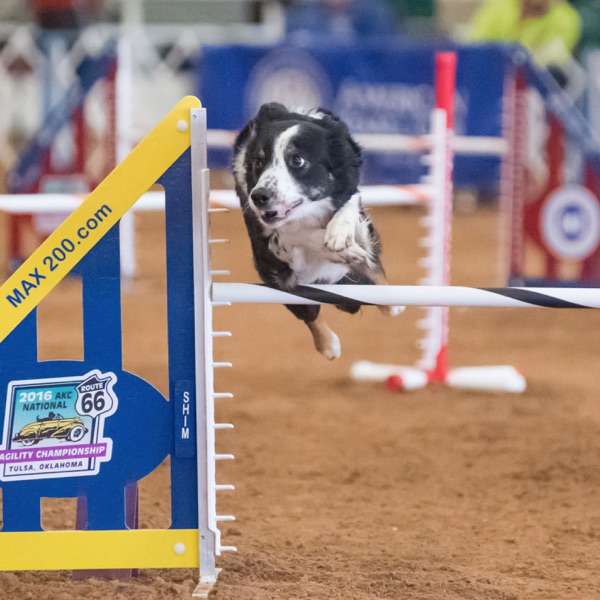This is the audio version for the blog post, "Proactive vs. Reactive Goal Setting" written by Rae Hughart (@raehughart) at www.teachbetter.com.
Proactive vs. Reactive Goal Setting
I knew I had the puzzle pieces. After 4 years in college studying the right approach, the proper progressive philosophy, and the data supported “future” of education. I could rattle off the acronyms with the best of them - SBG, MTSS, RTI, PBL, UDL, etc.
Living the majority of my life labeled as the girl with an LD IEP diagnosis has never been a fond memory for me. To be frank, my future was written even before high school. College was never the path a student like me was going to attempt - much less a master's degree.
Walking into my first classroom as a certified, passionate educator, I was filled with emotion. I was desperate to do well, but even with all the grit and perseverance I developed to reach this point in my life, I felt as if I had been dealt a poor hand once again.
I felt like I had a bag of puzzle pieces for creating a strong, data-supported classroom.
Students Deserve More
Have you ever attempted a 1,000 piece puzzle? You take each piece, study it closely, and begin to sort what you have in front of you.
Blue pieces - yeah let’s put those together.
Bright orange? Well ok, put that over here.
As you look at the collection in front of you, sorting seems like the first of a thousand steps that you will take to put each piece in the right order, slowly snapping pieces together. Or at least you hope so.
While I felt confident with the innovative middle school classroom philosophy of the future, I had no idea how to snap together the pieces of each component and implement it with fidelity.
If only I was in that perfect situation - one with supportive administration, collaborative teachers, supportive parents, eager to learn students, financial backing. Then, just maybe, I could take each of these best practices and implement them well, day-in and day-out.
But I wasn't working in that type of school. I was working in a school filled with students who needed a teacher that believed those circumstances were not the only answer to implementing best practice strategies. They deserved more.
The Missing Element: Being Proactive
The missing element was finding ways to allow the data-supported best practices, like goal setting and reflection, to work for me, rather than utilizing them occasionally in isolation.
Prior to finding my love of this integrated approach, I struggled to be more than fluff. I knew student engagement was essential and goal setting was a useful resource for students. But I found myself extremely inconsistent.
Seemingly every week was a new game. An awesome lesson Monday and a mediocre Tuesday. Then, at the end of the week, I'd be left with a laundry list of "to do's" which would always include sharing with families and stakeholders what we did in our classroom.
What good is good teaching if it only took place on Fridays and put all the work on the already stressed out educator?
The reality is, fluff ain’t enough! Choose to be proactive with your students' goal-setting rather than reactive after something occurs! Allow students to help you be a better educator by involving them in the process of taking ownership over the experience.
KEEP READING AT WWW.TEACHBETTER.COM

 Our TOPPODCAST Picks
Our TOPPODCAST Picks  Stay Connected
Stay Connected







